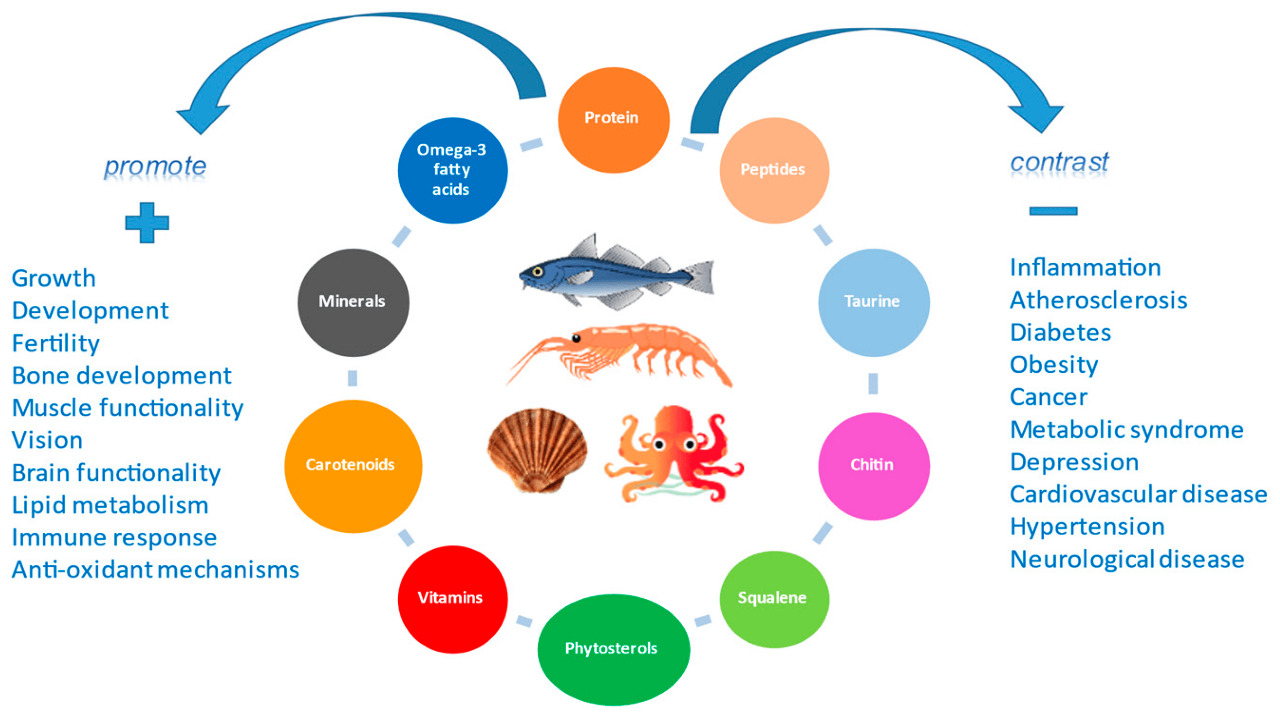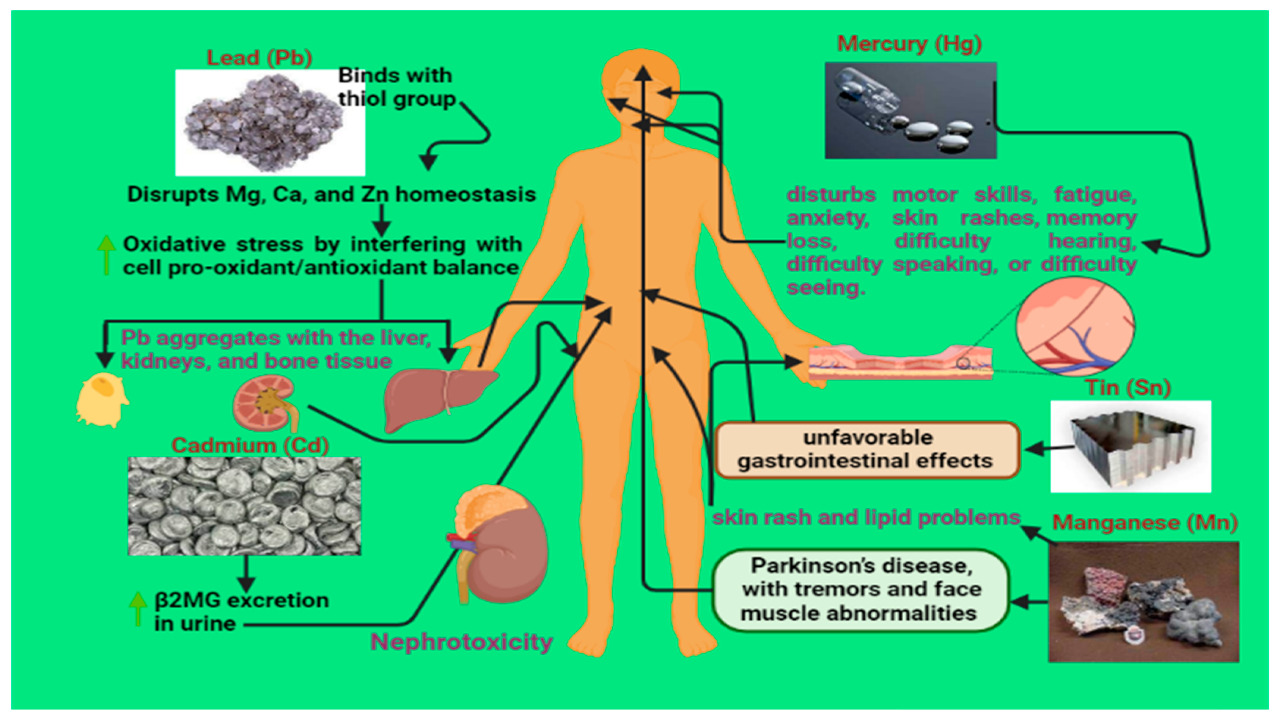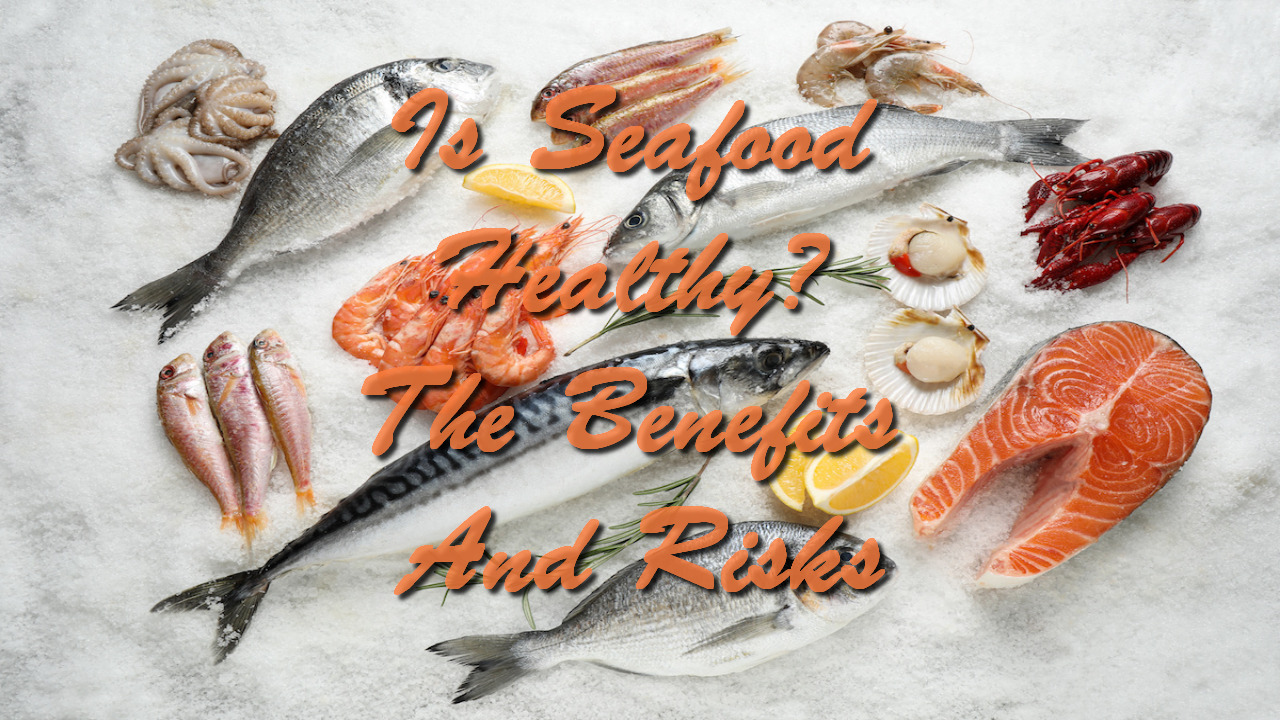Seafood has been a dietary staple for centuries, providing not only sustenance but also a wealth of nutrients. Whether it’s the delicate flavor of fresh salmon, the succulence of shrimp, or even the allure of the best caviar, seafood has captured the hearts and palates of people around the world. However, along with its delectable taste, questions arise about its impact on our health. In this article, we’ll delve into the benefits and risks of including seafood in our diet.
The Nutritional Value of Seafood

Seafood is a powerhouse of nutrients that are essential for optimal health. It’s a rich source of high-quality protein, which is vital for building and repairing tissues. Additionally, seafood is packed with omega-3 fatty acids, particularly prevalent in fatty fish like salmon, mackerel, and sardines. These fatty acids play a crucial role in heart health, brain function, and reducing inflammation. Even the best caviar offers a unique blend of nutrients, making it a sought-after delicacy.
Potential Health Benefits
Research suggests that a diet rich in seafood can offer an array of health benefits. Regular consumption of omega-3 fatty acids from seafood has been associated with a reduced risk of cardiovascular disease, lower blood pressure, and improved cholesterol levels. These nutrients also show promise in supporting cognitive function and reducing the risk of certain neurodegenerative diseases.
Considerations for Pregnant Women
For expectant mothers, including seafood in the diet can be both beneficial and concerning. The omega-3 fatty acids in seafood play a crucial role in fetal brain and vision development. However, the presence of environmental contaminants, like mercury, in some seafood raises concerns. Pregnant women are advised to choose low-mercury options and limit their intake of high-mercury fish to minimize potential risks.
Mercury and Heavy Metal Concerns

Mercury, a heavy metal found in certain seafood, is a topic of concern. High levels of mercury consumption can lead to adverse health effects, particularly for developing fetuses and young children. It’s essential to be aware of which seafood varieties are higher in mercury, such as shark, swordfish, and king mackerel, and to consume them in moderation.
Sustainability and Environmental Impact
As the demand for seafood grows, so do concerns about overfishing and its impact on marine ecosystems. Unsustainable fishing practices can deplete fish populations and disrupt the delicate balance of marine life. Choosing sustainably sourced seafood helps protect ocean ecosystems and ensures that seafood remains available for future generations.
Choosing the Right Seafood
When selecting seafood, it’s important to make informed choices. Opt for a variety of seafood to maximize nutrient intake. Focus on options that are low in mercury and sourced sustainably. Pay attention to labels and certifications that indicate responsible fishing practices and environmentally friendly sourcing.
Cooking Methods and Impact on Health

The way seafood is prepared can influence its nutritional value. Grilling, baking, steaming, and broiling are healthier cooking methods that help retain the nutrients without adding excessive calories. Avoid deep-frying or smothering seafood in heavy sauces, as these can negate some of the health benefits.
Conclusion
Incorporating seafood into your diet can offer a spectrum of health advantages, from cardiovascular support to brain nourishment. However, it’s crucial to strike a balance between the benefits and potential risks, such as mercury exposure. By making informed choices, opting for sustainable sources, and preparing seafood in health-conscious ways, you can enjoy the best that seafood has to offer while safeguarding your health and the environment.
